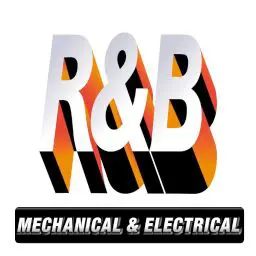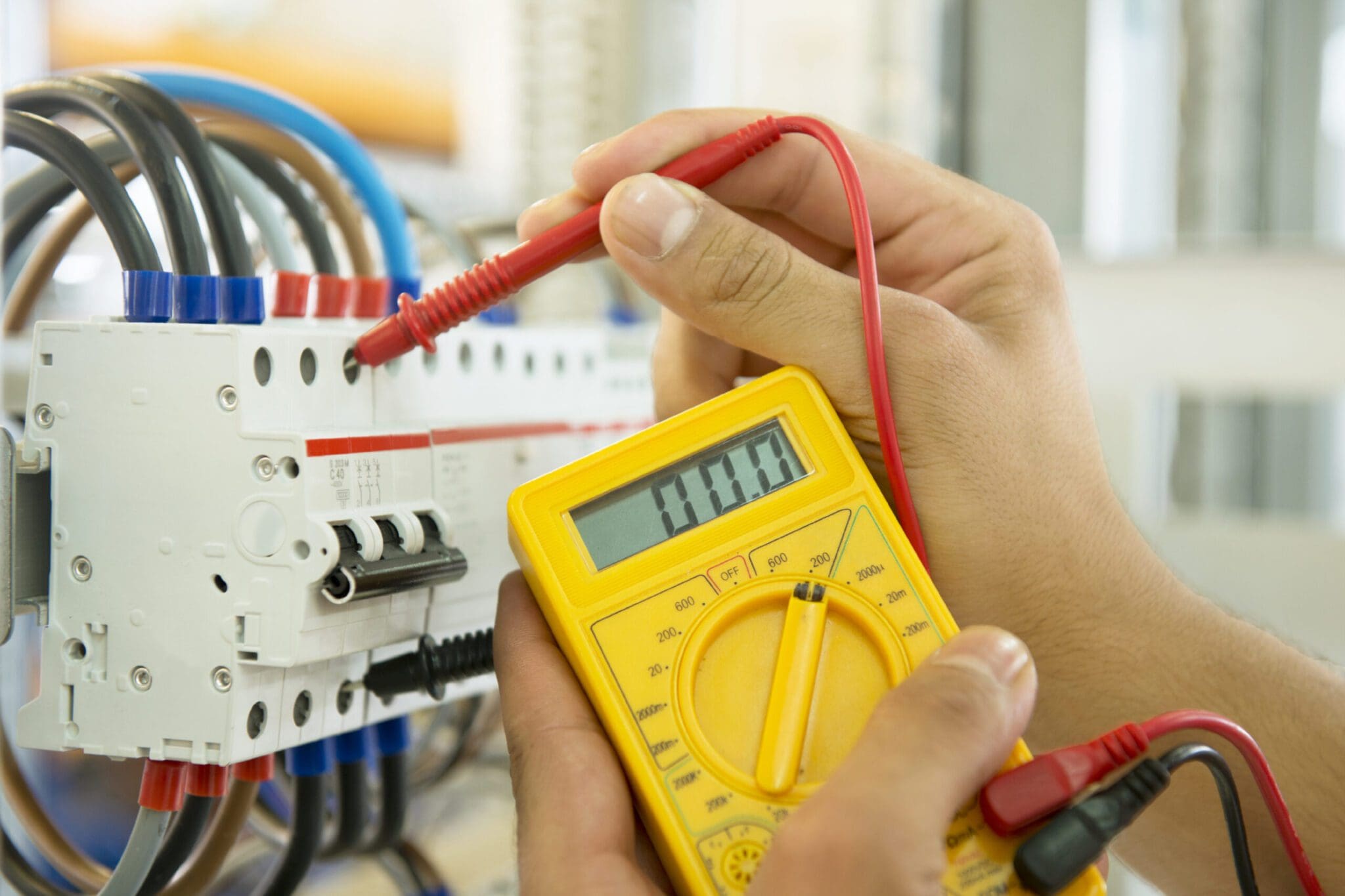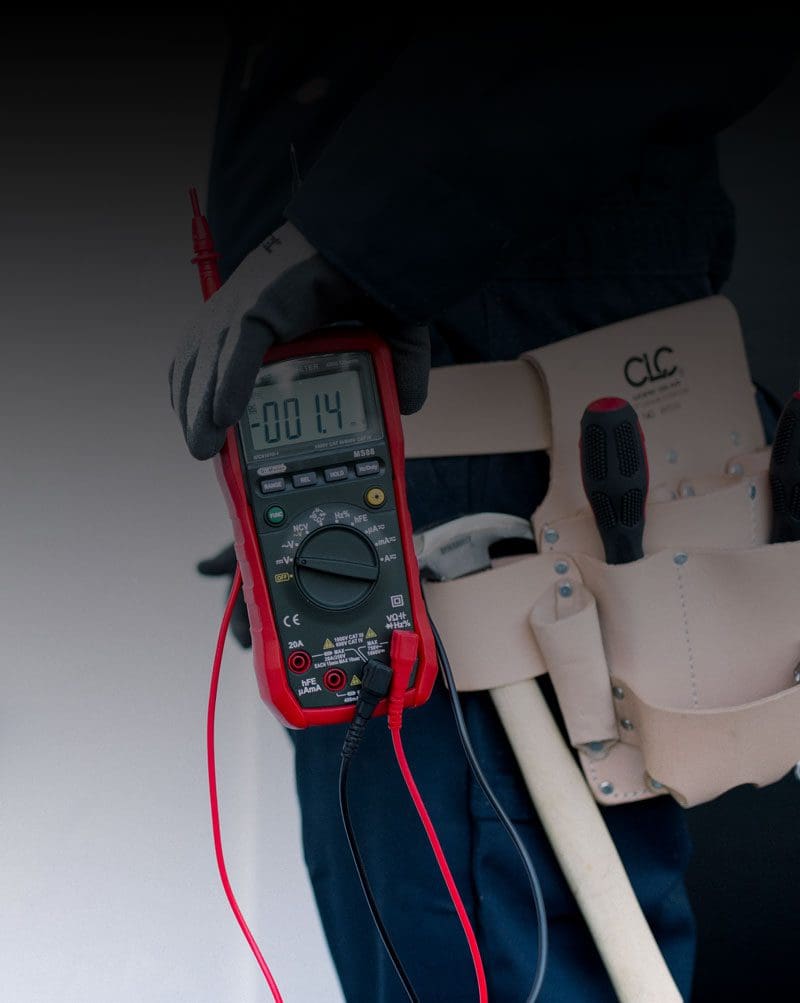Electrician
Electrical Contractor
Your Reliable Electrical Partner
R&B Mechanical and Electrical Ltd
R&B Mechanical and Electrical Ltd are your trusted choice for all your electrical needs. With years of experience, our team of skilled electricians is dedicated to providing top-quality electrical services to both commercial and residential clients in the UK.
Our Services
Electrical Installation
- New Builds and Extensions: From initial planning to final installation, we handle all aspects of electrical work for new construction, extensions and refurbishments.
- Commercial Installations: Our team can handle complex electrical installations for offices, retail spaces, and industrial facilities.
- Renovations and Refurbishments: Our experts can upgrade and modernise your existing electrical systems to meet your specific needs.
- Domestic Installations: We specialise in electrical installations for homes, including lighting, power outlets, and security systems.
Electrical Testing and Maintenance
- Periodic Inspection and Testing: Regular testing ensures the safety and compliance of your electrical installations.
- Fault Finding and Repair: Our skilled technicians can quickly diagnose and rectify any electrical faults.
- Preventive Maintenance: Regular maintenance can help prevent electrical problems and extend the lifespan of your electrical systems.
- Emergency Lighting Testing: We provide comprehensive testing and maintenance services for emergency lighting systems to ensure they are functioning correctly.
Electrical Wiring
- Rewiring: Our electricians can rewire your property to improve safety, efficiency, and aesthetics.
- Additional Sockets and Lighting: We can install additional sockets and lights to meet your specific requirements.
- Outdoor Lighting: Our team can design and install outdoor lighting solutions to enhance the security and curb appeal of your property.
Electrical Design and Estimating
- Electrical Design: Our skilled engineers can design electrical systems that are tailored to your specific requirements and comply with building regulations.
- Electrical Estimating: We provide accurate cost estimates for your electrical projects, helping you plan your budget effectively.
 
Why Choose Us?
- Experienced and Qualified Electricians: Our team of highly skilled electricians is certified to the highest standards.
- Customer Satisfaction: We prioritise customer satisfaction and strive to exceed expectations.
 
- Quality Workmanship: We use high-quality materials and employ industry-best practices.
- Competitive Pricing: We offer competitive rates without compromising on quality.
- Reliable and Efficient Service: We value your time and deliver services promptly and efficiently.
Contact Us Today
Electricians
Full & Partial Electrical Rewiring
Electrical Testing & Inspection
Electrical Fault Finding
Electrical Contractors
Electrical Design & Consultation
Electrical Estimating
Electrical Installation
NICEIC Approved
NICEIC Approved Contractors
NICEIC Domestic Installers
Members of the ECA
Electrical Installation
Electrical Installation & Wiring
Circuit Design & Calculation
Mains & Sub-Mains Distribution
Electrical Testing
Electrical Installation Condition Reports
Electrical Checks For Landlords
Periodic Testing
EICR
EICRs
Electrical Safety Checks
Electrical Safety Certificates
Industrial Electrician
General Power Distribution
Building Management Systems
UPS Installations
Commercial Electrician
Electrical Maintenance & Fault Finding
Commercial LED Lighting
Energy Saving Schemes
Domestic Electricians
House Rewiring
Electrical Safety Checks
Smart Lighting & Control Systems
Emergency Lighting
EML Intallation
EML Testing
EML Compliance
Electrical Wiring
Electrical Fit-outs
New Build Wiring
Full & Partial Rewires
House Rewiring
Extension Wiring
Part P Upgrades
Modernisation
Our Electrical Services
“We are NICEIC Approved Electrical Contractors & Domestic Installers & members of the Electrical Contractors Association. We provide all electrical wiring, installation, maintenance, and testing services for commercial & residential customers”.
“R&B Mechanical & Electrical can offer all M&E services directly to industrial and commercial clients and main/principal contractors. We can also offer full M&E design and estimating services.”.
Contact Us
Electrical Enquiry
Address
Keighley, West Yorkshire
BD21 4PF
UK
What3Words
What3Words:///clocks.decide.pokers
Phone
Keighley: 01535 687010 Skipton: 01756 793039



